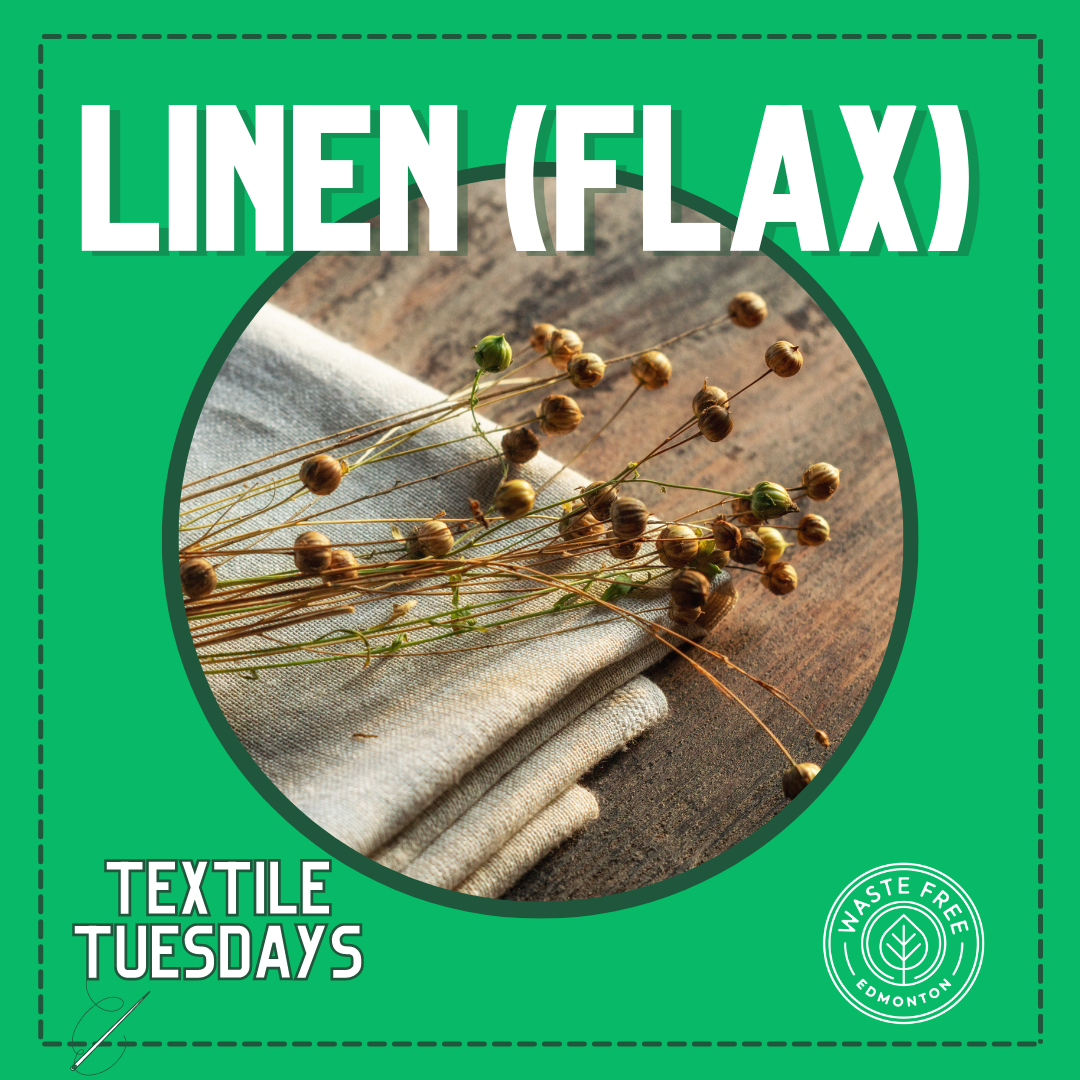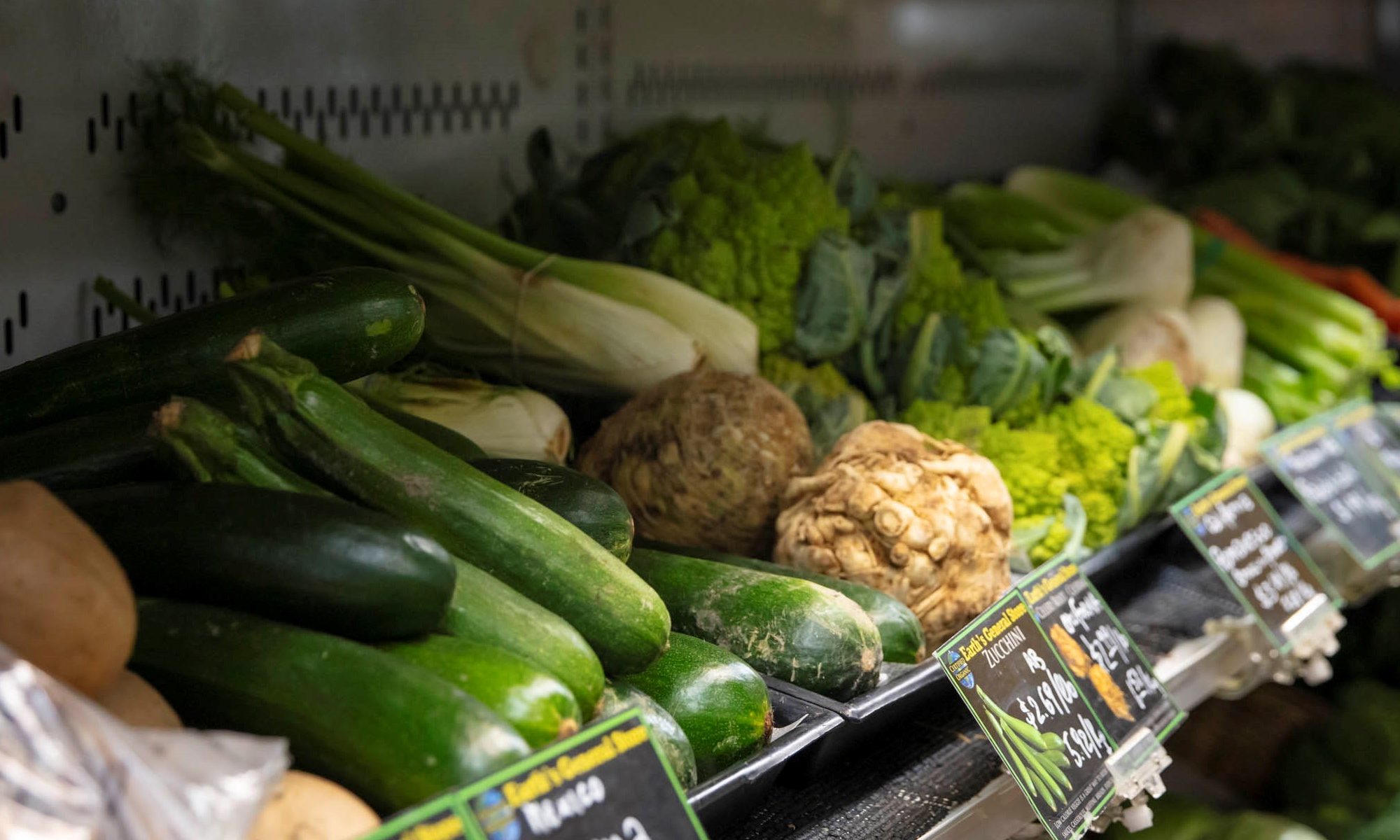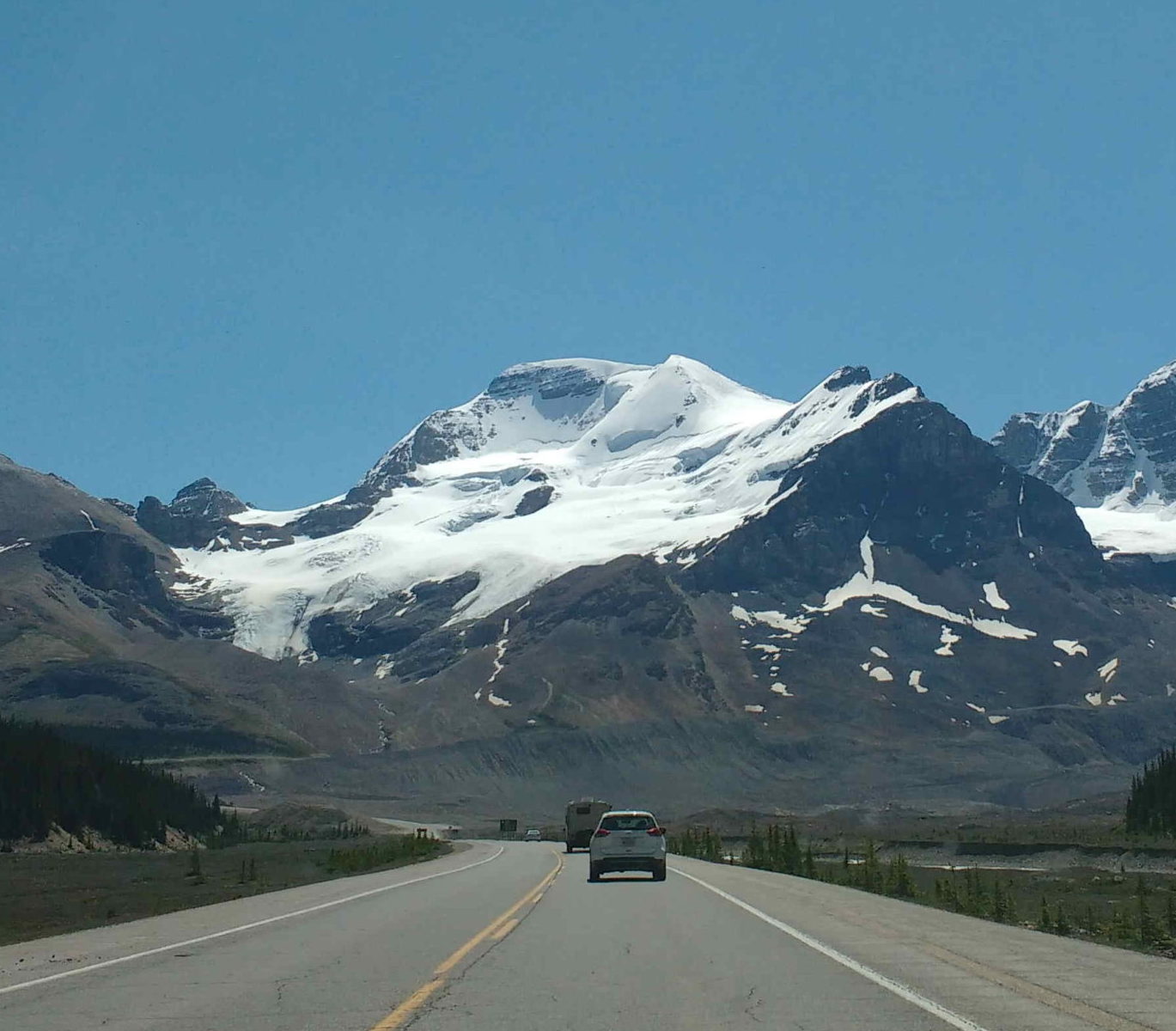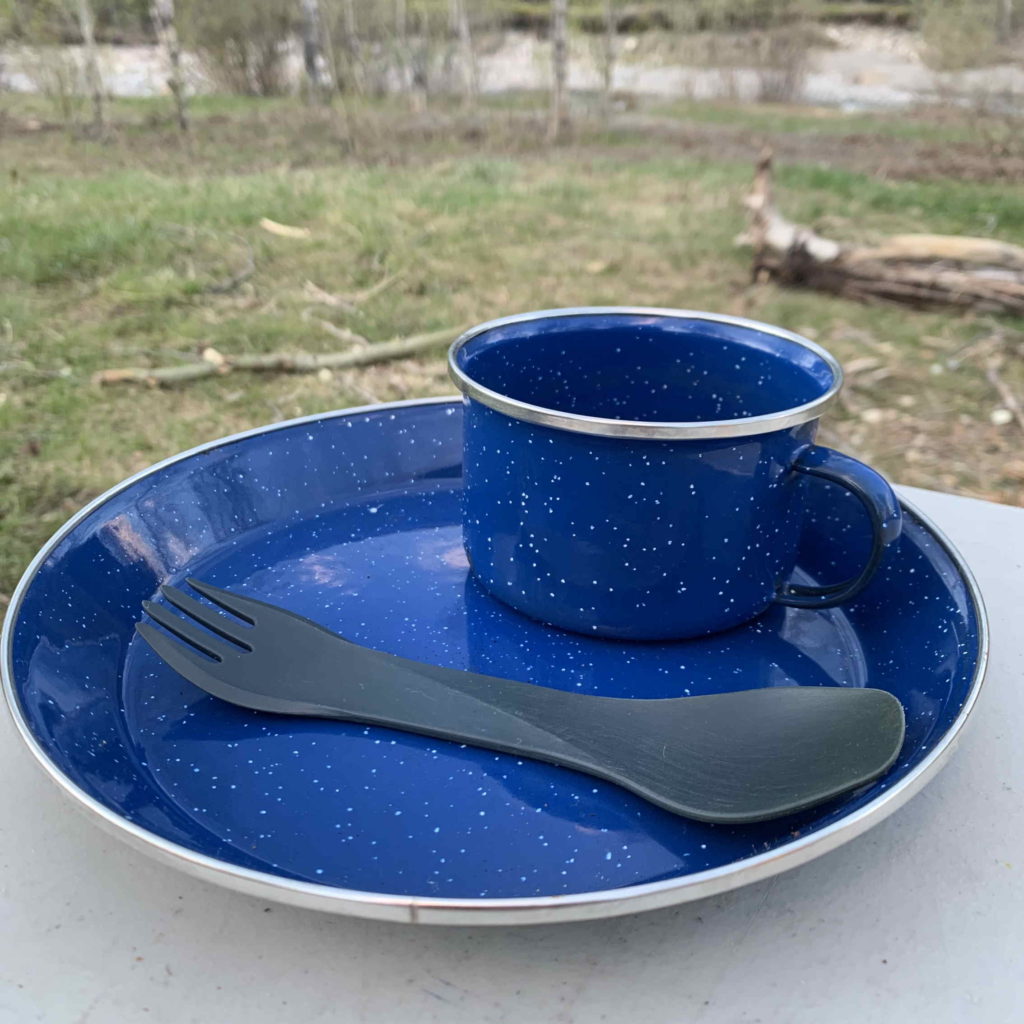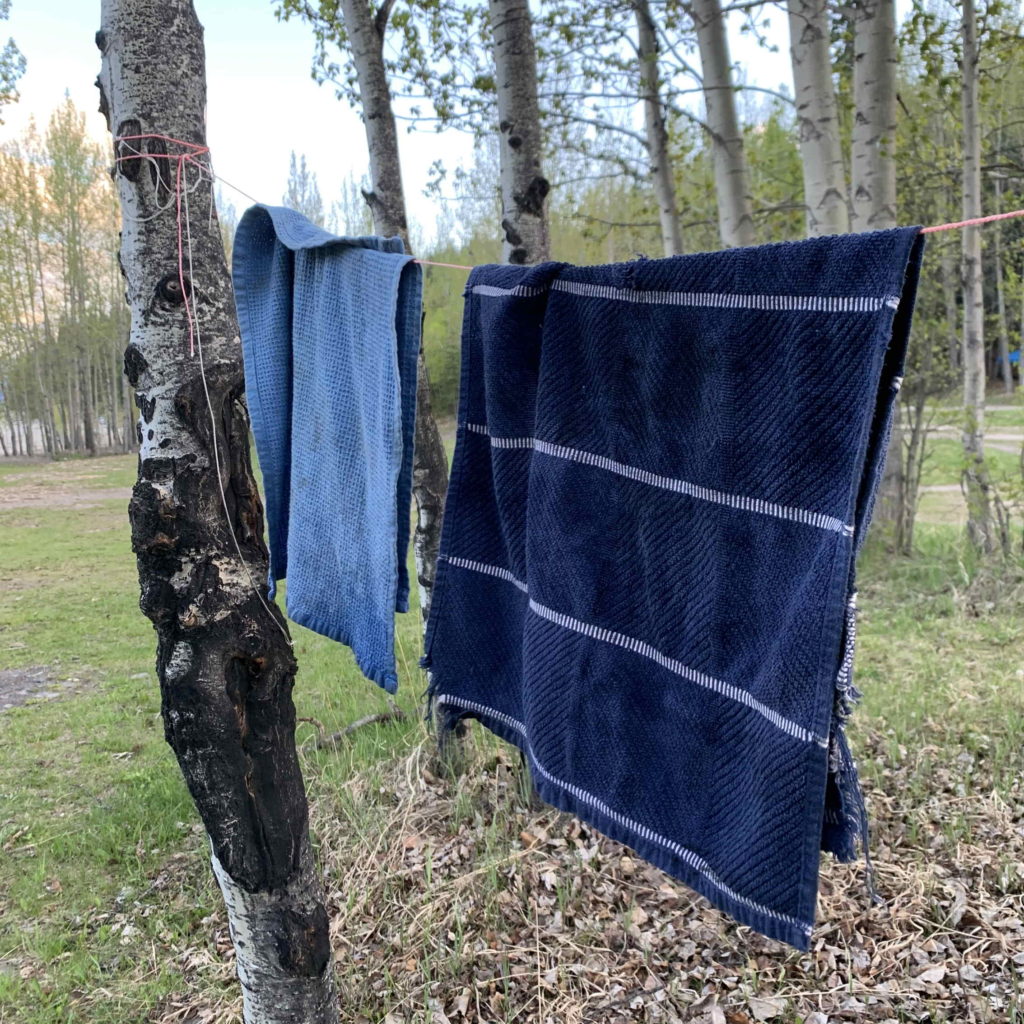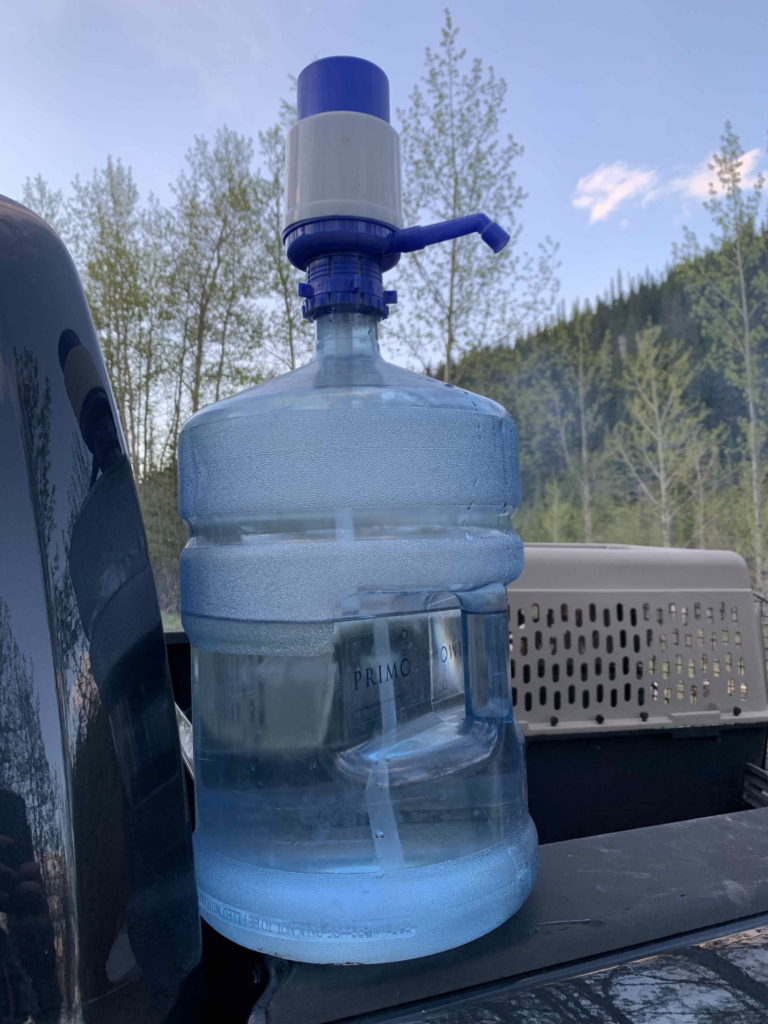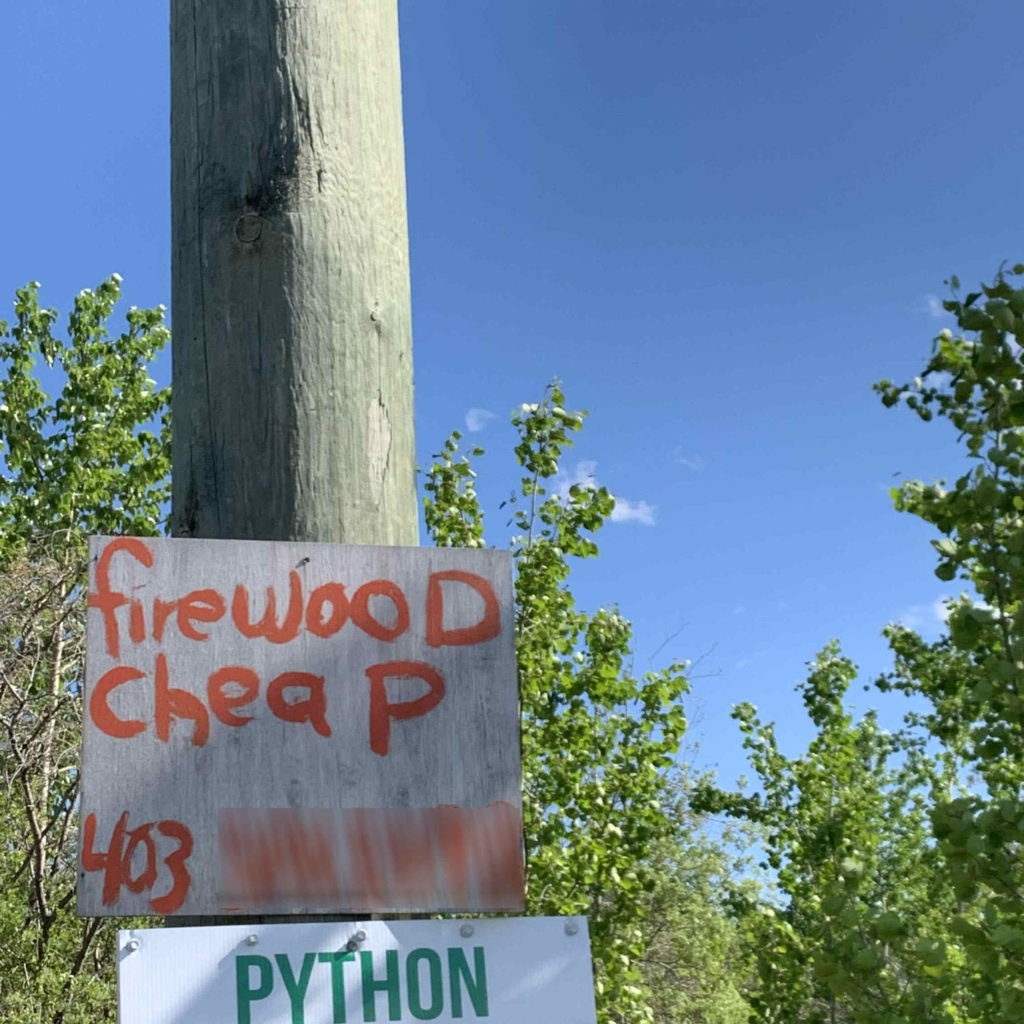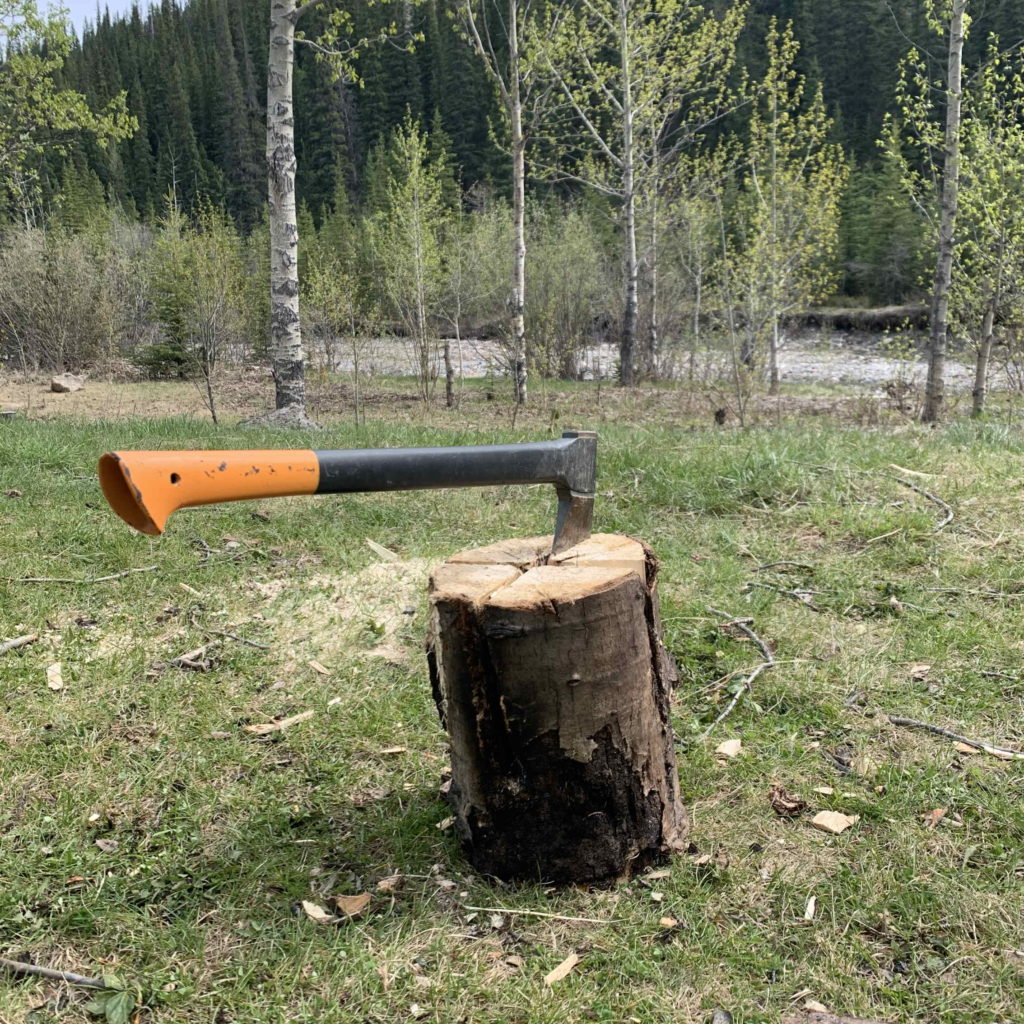Today we’re talking about linen, which comes from the flax plant Linum usitatissimum. Flax is one of the oldest documented textile fibres, dating back tens of thousands of years. The term linen comes from the genus of the flax plant Linum, and is what you’ll see most often on Canadian fibre content labels. The vast majority of the world’s linen, about 80%, comes from Europe, France in particular. Linen represents less than 1% of all textile fibres used worldwide, however.
Linen is a bast fibre, which means it comes from the stem of the plant, just under the surface. The fibres are embedded in woody plant tissues, pectins, and waxes, so the stems must go through retting (controlled microbial degradation) to free the fibres.
Linen is mostly used in bed, table, and bath items (“linens”) in the home, for warm weather apparel, and can also be used in composites for building materials!
Pros:
- Many people love linen’s appearance (lustre, slubby texture)
- Strong, and highly absorbent, and dries faster than cotton
- Cool to the touch, great for warm weather clothing
Cons:
- It wrinkles like, instantly 😂 (we call this poor resilience)
- Doesn’t have any stretch, can feel stiff/crisp
- Can feel quite heavy
In terms of sustainability, linen is fabulous! In fact, @madebyorg gives organic linen an A rating on their environmental benchmark guideline. Organic linen and hemp (also a bast fibre), are the only non-recycled fibres given that rating! Conventional linen and cotton are rated C and E, respectively, for comparison. One reason for this is the relatively low energy intensity of processing the fibre (e.g. retting naturally in the field), and very little need for fertilizers or pesticides.
Because linen isn’t as troublesome as some fibres, and due to its very small market share, there isn’t a lot of information available on current developments happening in this area. The main area of focus appears to be focused on the breeding and cultivation of “climate-smart” flax in response to climate change.
So! If you need some summer clothes, give linen a try! It’s great for warm weather and has a lower environmental impact than most other fibre types, especially when it’s organic. Just call the wrinkles a design feature 😉
Sources:
- Kadolph, S. J. & Marcketti, S. B., (2017). Textiles (12th ed.). Upper Saddle River, New Jersey: Pearson Prentice Hall.
- https://news.europeanflax.com/
- https://www.youtube.com/watch?v=-ZrZZefkohE
- https://goodonyou.eco/made-by-environmental-benchmark-for-fibres/
- Shivaraj, S.M., Dhakate, P., Sonah, H., Vuong, T., Nguyen, H.T., Deshmukh, R. (2019). Progress Toward Development of Climate-Smart Flax: A Perspective on Omics-Assisted Breeding. In: Kole, C. (eds) Genomic Designing of Climate-Smart Oilseed Crops. Springer, Cham. https://doi.org/10.1007/978-3-319-93536-2_5

